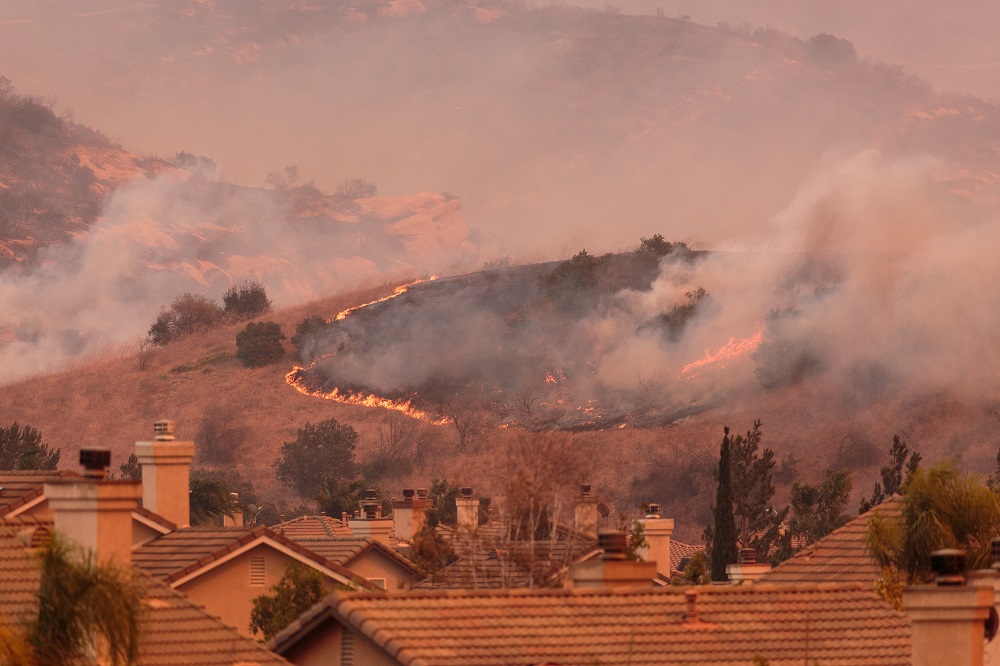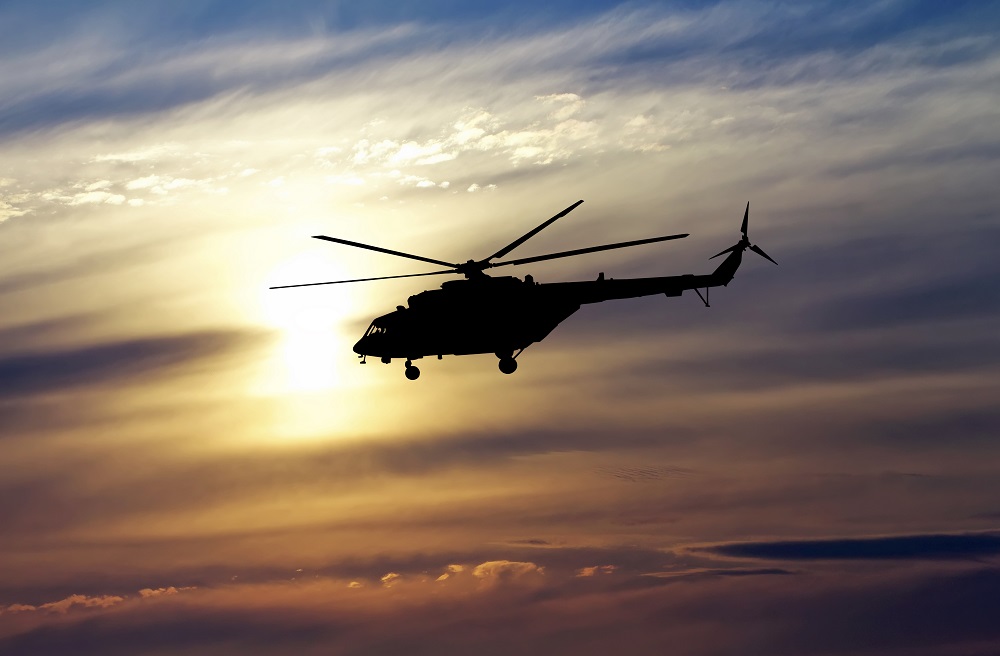Fighting Wildfires: A Closer Look at The Strategies Used by Firefighters

Wildfires have ravaged different parts of the world in recent months, with the worst happening in Australia. The bushfires devastated vast lands, exterminating plants and animals alike, with some driven to near-extinction.
Fighting the fire was a nightmare for many as it continued to rage on day and night. Firefighters have exhausted every strategy in their book and have used countless tools to help them with their cause. It is hard to contain due to an ongoing drought that has dried up large swaths of the bushlands.
To understand more about what strategies firefighters used to control the fire, here is a list of the most common methods used for fire suppression.
Setting up A Control Line
A raging fire, when it reaches a certain intensity level, is hard to take head-on. It can’t be stopped by dousing its path with water, or even water bombing it with planes and tankers.
One effective method to control these wildfires is to set up a control line. Control lines are boundaries that firefighters used to manage the spread of the fire. There are natural control lines that they can take advantage of, like a ridge that suddenly drops off or a river wide enough to impede the progress of these flames. Firefighters can also make their own control line by clearing out a large strip of the bush down to the soil, removing anything that can serve as fuel.
Attack The Fire from Above

If there’s a nearby river, lake, or other bodies of water, you have enough fuel for water bombing runs. A plane or a helicopter could scoop water and drop them right on top of the blaze. The water, mixed with a foam retardant similar to that of a typical fire extinguisher, can act as a barrier that keeps the fire from spreading.
When poured on the path instead of the fire itself, it can coat and insulate the trees and other possible fuel sources so the fire can’t use them to gain strength and push forward. When used with ground crews on tankers and water cannons, this method can be very effective and can suppress small fires before they grow bigger.
Flanking and Cold Trailing
Flanking is usually done by working your way around the edge of the fire to spray the flames on the side, while it’s getting blasted head-on. After taking the fire head-on and stopping it on its tracks, it’s not yet fully suppressed until all the embers have been snuffed out.
When the flames have been subdued, other firefighters can now do cold trailing or go through the wildfire’s wake and spray over them to ensure that no embers remain. This way, they won’t be blown around and start another fire on nearby brushes. Firefighters can perform flanking and cold using fire fighting pumps that are tough and sturdy enough to keep working continuously. They are stronger than your average pump and can pump out several hundreds of litres of water in just a short period.




